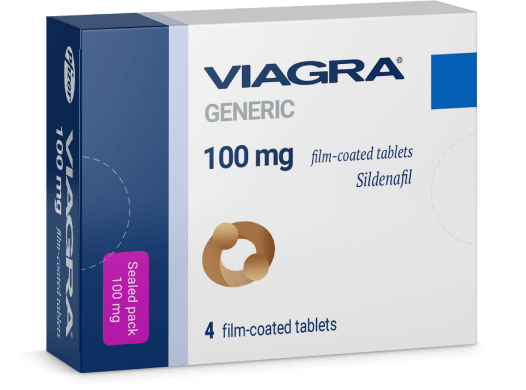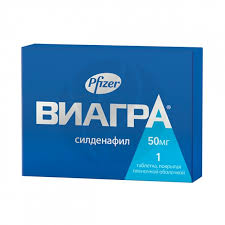
The Benefits and Applications of Myochalarotika in Modern Medicine
Myochalarotika, a term derived from the Greek words for muscle relaxation, refers to a group of medications that are designed to alleviate muscle tension and spasms. These medications have gained popularity in both clinical settings and among individuals seeking relief from muscle discomfort. For those interested in exploring options for muscle relaxation, consider looking into Myochalarotika μυοχαλαρωτικα χαπια, which offer a range of benefits and applications.
Understanding Myochalarotika
Myochalarotika, or muscle relaxants, work by targeting the central nervous system or the muscles themselves. They are primarily used in the treatment of muscle spasms, pain, and associated conditions. Some common conditions that may warrant the use of myochalarotika include back pain, neck pain, and certain neurological disorders. The effectiveness of these medications largely depends on their mechanism of action, which can be broadly categorized into two types: centrally acting relaxants and peripherally acting relaxants.
Centrally Acting Relaxants
Centrally acting myochalarotika, such as carisoprodol and cyclobenzaprine, work by depressing the central nervous system, leading to reduced muscle tone and relief from spasms. These medications are often prescribed for short-term management of acute musculoskeletal pain. While effective, they can have side effects, including drowsiness, dizziness, and potential dependency with prolonged use.
Peripherally Acting Relaxants
On the other hand, peripherally acting relaxants, such as dantrolene, focus on reducing muscle contractions by interfering with the excitation-contraction coupling in muscle fibers. This type of relaxant is often used in cases of severe spasticity associated with conditions like multiple sclerosis or cerebral palsy. While less commonly prescribed, they can be crucial for patients with severe, chronic conditions where muscle tightness can severely limit mobility and quality of life.
Applications of Myochalarotika

The applications of myochalarotika are diverse, ranging from simple muscle strains to more complex neurological issues. In addition to their use for acute muscle injuries, these medications may also be prescribed for:
- Chronic Pain Management: Chronic pain conditions such as fibromyalgia or arthritis often involve muscle tension. Myochalarotika can provide relief when combined with other therapeutic approaches.
- Preoperative Relaxation: In surgical settings, muscle relaxants are used to relax muscles and facilitate procedures, ensuring better outcomes and comfort for patients.
- Sleep Disorders: For individuals whose sleep is disturbed by muscle tension or spasms, myochalarotika can help improve sleep quality, albeit usually on a short-term basis.
Risks and Considerations
While myochalarotika can offer significant relief, they are not without risks. Potential side effects can include sedation, confusion, gastrointestinal disturbances, and in some cases, addiction. It is essential for healthcare providers to carefully evaluate the need for muscle relaxants in their patients. A comprehensive assessment of the patient’s medical history, including any current medications, is necessary to minimize the risk of drug interactions and other complications.
Alternatives to Myochalarotika
For individuals who prefer to avoid medications, several non-pharmaceutical options can also help manage muscle tension and spasms. These include:
- Physical Therapy: A structured physical therapy program can effectively manage and prevent muscle tightness through targeted exercises and stretches.
- Massage Therapy: Therapeutic massage can help relieve muscle tension and promote relaxation, often eliminating the need for medication.
- Alternative Therapies: Practices like acupuncture and chiropractic adjustments have also proven beneficial in managing muscle discomfort.
The Future of Myochalarotika in Medicine
The field of muscle relaxation and pain management continues to evolve. Ongoing research is focused on developing new myochalarotika with fewer side effects and improved efficacy. As understanding of muscle physiology expands, the hope is to create targeted therapies that can provide relief without the risks associated with traditional muscle relaxants.
Conclusion
Myochalarotika plays a crucial role in managing muscle tension and spasms, offering relief for a variety of conditions. While they come with certain risks, their benefits in appropriate scenarios are undeniable. Whether considering myochalarotika for muscle relaxation or exploring alternative therapies, it’s vital to consult with healthcare professionals to determine the most suitable approach for individual needs.


